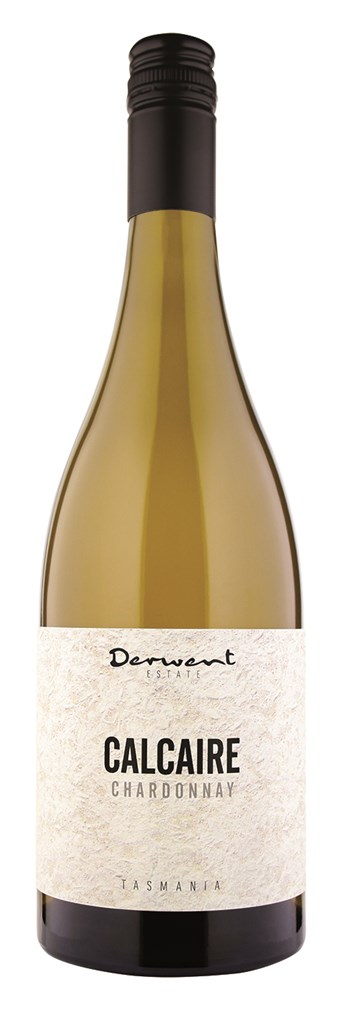
Calcaire Chardonnay
2020 Chardonnay
Derwent Valley, Tasmania
Our 'Calcaire' reserve chardonnay is a rich and traditional style produced from our best vines and juice.
Wine Details
- Region Derwent Valley, Tasmania
- Vintage 2020
- Type White Wine
- Variety Chardonnay
- Volume 750ml
- Alcohol Volume 13%
- PH
3.3
- Standard Drinks 7.7
- Acidity
6.5g/L
- Sugar
0g/L
- Maturation
11 Months in 50% new oak, lees stirred fortnightly. 100% malolactic conversion takes place in Spring.
- Closure ScrewCap
- Bottling Date
March 202
- Harvest Date
March 2021
- Background
- Vineyard Notes
Grown on a north -facing bank of the Derwent River this 29-year-old cool-climate vineyard is widely recognised for producing some of the best chardonnay fruit in Australia. The soils are permeable loams over Permian Lime originating from a 250-280M year old seabed. The vines are meticulously hand tended and yields are reduced by 50% to one bunch per shoot. Clones: I10V1, I10V5 and Penfolds.
- Winemaking
The whole bunches go direct to the inert gas press. The juice flow from the press is ruthlessly cut with only the pristine juice from the middle of the press cycle going straight to New French oak. We allow natural yeast to carry out primary fermentation. During it’s time in oak no Sulphur is added. Lees stirred fortnightly for the11 months in oak. Malolactic fermentation happens in the spring on 100% of this wine. Filtered and bottled.
- Tasting Notes
Spend time and enjoy each glass as it opens. Some key features to look for are a focused fruit profile, the unique acid line, wild yeast, ultra-fine solids, integrated oak, multiple strain malolactic impact, touches of autolysis. A style that evolves and grows with bottle age.
- Food Matches
Raw fish, Lightly cooked shellfish – crab, prawns. Fish, Chicken, Pasta, Risotto.
Wine Details
- Region Derwent Valley, Tasmania
- Vintage 2020
- Type White Wine
- Variety Chardonnay
- Volume 750ml
- Alcohol Volume 13%
- PH
3.3
- Standard Drinks 7.7
- Acidity
6.5g/L
- Sugar
0g/L
- Maturation
11 Months in 50% new oak, lees stirred fortnightly. 100% malolactic conversion takes place in Spring.
- Closure ScrewCap
- Bottling Date
March 202
- Harvest Date
March 2021
- Background
- Vineyard Notes
Grown on a north -facing bank of the Derwent River this 29-year-old cool-climate vineyard is widely recognised for producing some of the best chardonnay fruit in Australia. The soils are permeable loams over Permian Lime originating from a 250-280M year old seabed. The vines are meticulously hand tended and yields are reduced by 50% to one bunch per shoot. Clones: I10V1, I10V5 and Penfolds.
- Winemaking
The whole bunches go direct to the inert gas press. The juice flow from the press is ruthlessly cut with only the pristine juice from the middle of the press cycle going straight to New French oak. We allow natural yeast to carry out primary fermentation. During it’s time in oak no Sulphur is added. Lees stirred fortnightly for the11 months in oak. Malolactic fermentation happens in the spring on 100% of this wine. Filtered and bottled.
- Tasting Notes
Spend time and enjoy each glass as it opens. Some key features to look for are a focused fruit profile, the unique acid line, wild yeast, ultra-fine solids, integrated oak, multiple strain malolactic impact, touches of autolysis. A style that evolves and grows with bottle age.
- Food Matches
Raw fish, Lightly cooked shellfish – crab, prawns. Fish, Chicken, Pasta, Risotto.
